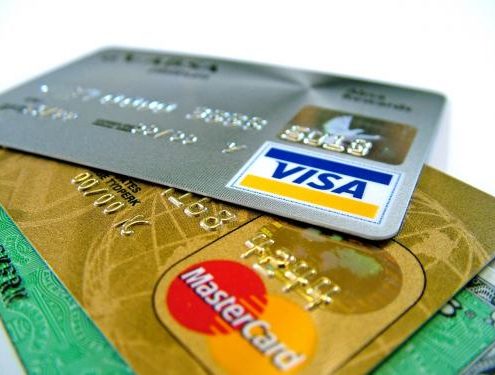What Do You Know About Defunct U.S. Currencies? – Part Two
By Pam Reiss
Earlier this year, we published a popular blog post that explored some of the older United States currencies that are no longer in circulation. Fresh off the success of that piece, we decided it made sense to similarly explore some of the coin-related numismatic history of our country.
Believe it or not, paper money, as we know it today—that which doesn’t accumulate interest and can be exchanged between common folk for goods and services—wasn’t printed until 1861. Prior to that, commerce was generally dictated by the exchange of coins.
For the most part, we’ve reduced the coins that circulate today to little more than an inconvenience. After all, who wants to carry around all that change, anyway? But prior to pennies, nickels, dimes, quarters, half-dollars and dollar coins, our ancestors traded a slew of coins that have since become obsolete.
Some of those include the:
• Half-cent. Minted between 1793 and 1857, the half-cent is the smallest denomination of currency that ever circulated in the United States. The coin went through five different iterations during its lifetime. In today’s economy, the value of the coin would be roughly 12 cents, according to the Consumer Price Index.
• Large cent. Bearing a face value of 1 cent, large cents were composed of about twice the amount of copper that could be found in a half-cent. This coin enjoyed the same lifespan as the half-cent, and went through eight different designs during that period. These coins were bigger—and heavier—than today’s quarters.
• Two-cent piece. Created in response to the economic turmoil that resulted from the Civil War—people hoarded money because of the uncertainty of the times—the two-cent piece bore the same dimensions of today’s pennies. Minted between 1864 and 1873, the coin eventually was discontinued due to the rise of the three-cent piece and the nickel.
• Three-cent piece. Weighing eight-tenths of a gram, the three-cent piece was the lightest coin ever minted in the United States. The coin’s lifespan can be divided into two sections. From 1851 to 1873, the coin was minted in silver. From 1865 to 1889, the coin was minted in nickel. During the overlap period, less silver coins were minted while nickel production increased. The coin actually has an interesting reason behind its creation: In 1851, the postage rate dropped from five cents to three cents. This was the solution.
• Half-dime. Most scholars agree that the half-dime was first minted in 1794. These coins were roughly half the thickness and size of dimes, hence the name. As the copper-nickel five-cent piece was introduced in 1866, the need for a silver coin bearing the same denomination was no longer necessary. As a result, these coins were discontinued in 1873.
• Twenty-cent piece. Bearing a remarkably similar design to the quarter-dollar, and thus often mistaken for it, the 20-cent piece was only minted for three years, between 1875 and 1878. The coin, which was originally proposed in 1791, was designed to help a perceived coin shortage in the western half of the country. Either way, the coin didn’t have much utility and was phased out shortly after its release.
But the list of obsolete coins doesn’t end there. So stay tuned, because we’ll touch upon them in future posts!



